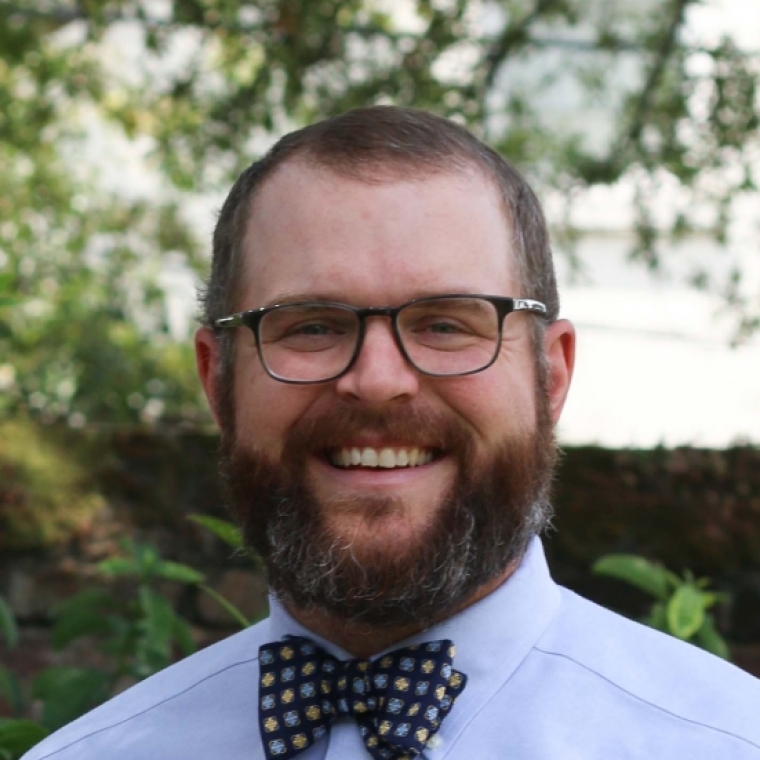

Stuart Weitzman School of Design
102 Meyerson Hall
210 South 34th Street
Philadelphia, PA 19104

What kind of work are you doing?
I am the Restoration/Preservation Specialist at Historic Brattonsville, an 800-acre living history site operated by the Culture and Heritage Museums of York County, South Carolina. My responsibilities include the preservation, rehabilitation, and restoration of the forty-plus historic structures that dot the agricultural landscape. Constructed of log, timber, and masonry, these structures require in-depth building-archaeological investigations to understand their materials, history, and pathologies of decay. These analyses inform period-appropriate interventions and preservation planning.
What led you to your current position?
In one word, stewardship. I believe historic preservationists are charged with the stewardship of our built heritage. I wanted the opportunity to blend the vocational tracts of architectural conservation, heritage planning, and site management into the stewardship of a singular set of structures over a prolonged period of time. My position at Historic Brattonsville has enabled me to do just that as I become more familiar with these structures every day.
What attracted you to the firm or position?
I was drawn by the ability of the historic resources at Brattonsville to tell the complex history of the United States. This cultural landscape tells the stories of a century of agriculture from 1780 to 1880. It was a century bookended by events in the fight for American civil liberties – beginning with the Battle of Huck’s Defeat during the American Revolution and concluding with the racial violence of Reconstruction.
How did your studies at the University of Pennsylvania Stuart Weitzman School of Design prepare you for your work there?
Daily, I am challenged with new preservation issues. My studies at the Weitzman School did not provide just a simple recipe book for building conservation but rather, a broad foundation upon which I can design appropriate preservation responses to each issue.
What courses, studios or instructors had the greatest influence on your work or thinking?
Michael Henry’s courses Building Pathology and Building Diagnostics altered the way I view and analyze historic structures. His classes taught me to design more effectively in response to conditions, materials, and building technology. Other standout courses for me were Frank Matero’s instruction in architectural conservation and traditional building materials and practices as well as Randy Mason’s theories courses in historic preservation and cultural landscapes. These classes laid the essential framework through which I make preservation decisions.
What was the best part of studying at the Weitzman School? In Philly?
The Weitzman School attracted a diverse cohort of high caliber students. It was an honor to learn both with and from them. Philadelphia is a city that both champions and struggles with historic preservation. It is an amazing laboratory to wrestle with past, present, and future preservation paradigms.
Where do you see yourself in 5 years?
In five years, I hope to have cared well for the historic structures under my charge and brought to fruition Historic Brattonsville’s Master Plan.
Are you keeping in touch with classmates, students or faculty?
My classmates remain close friends and a key group of individuals that I reach out to with preservation questions.